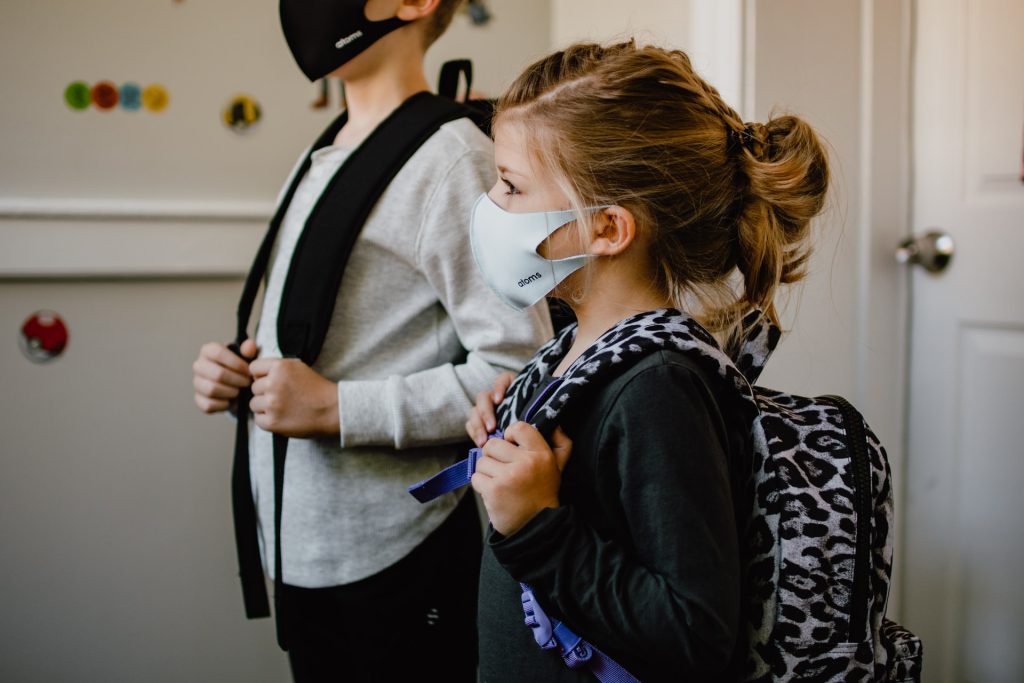
An Australian study published in PLOS Biology suggests the nasal epithelium of children inhibits infection and replication of the ancestral strain of the SARS-CoV-2 virus and also the Delta variant, but not the Omicron variant.
Children are in general less susceptible to COVID, with a lower infection rate and milder symptoms than adults. However, the factors driving this apparent paediatric resistance to COVID infections remained unknown.
In order to better understand infection and replication of SARS-CoV-2 in children, Kirsty Short at University of Queensland, and colleagues, obtained samples of primary nasal epithelium cells from twenty-three healthy children aged 2–11 and fifteen healthy adults aged 19–66 in Australia. They exposed the cells of adults and children to SARS-CoV-2 and then observed the infection kinetics and antiviral responses in children compared to adults.
The researchers found that ancestral SARS-CoV-2 replicated less efficiently and was associated with a heightened antiviral response in the nasal epithelial cells of children. This lower viral replication rate was also observed with the Delta variant, but not the Omicron variant.
Study limitations included a small sample size, so future clinical studies will be needed to validate these preliminary findings in a larger population and to determine the role of other factors, such as antibodies in protecting children from SARS-CoV-2 infection. Additionally, paediatric protection from emerging variants has yet to be quantified.
The authors wrote, “We have provided the first experimental evidence that the paediatric nasal epithelium may play an important role in reducing the susceptibility of children to SARS-CoV-2. The data strongly suggest that the nasal epithelium of children is distinct and that it may afford children some level of protection from ancestral SARS-CoV-2.”
Short added, “We use nasal epithelial cells from children and adults to show that the ancestral SARS-CoV-2 and Delta, but not Omicron, replicate less efficiently in paediatric nasal epithelial cells.”
Source: Science Daily

